



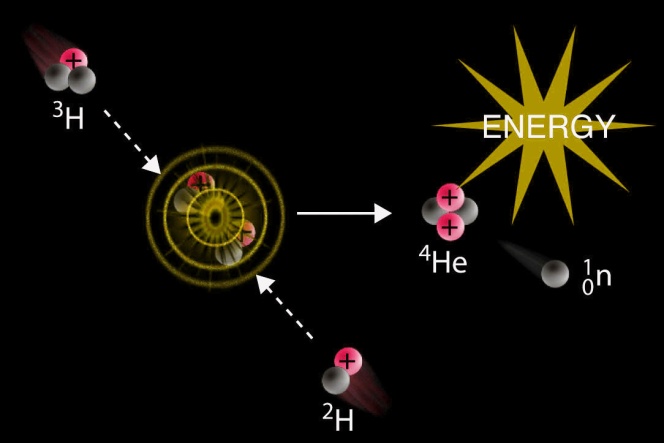
Disclaimer: Copyright infringement not intended
Context
Thermonuclear fusion
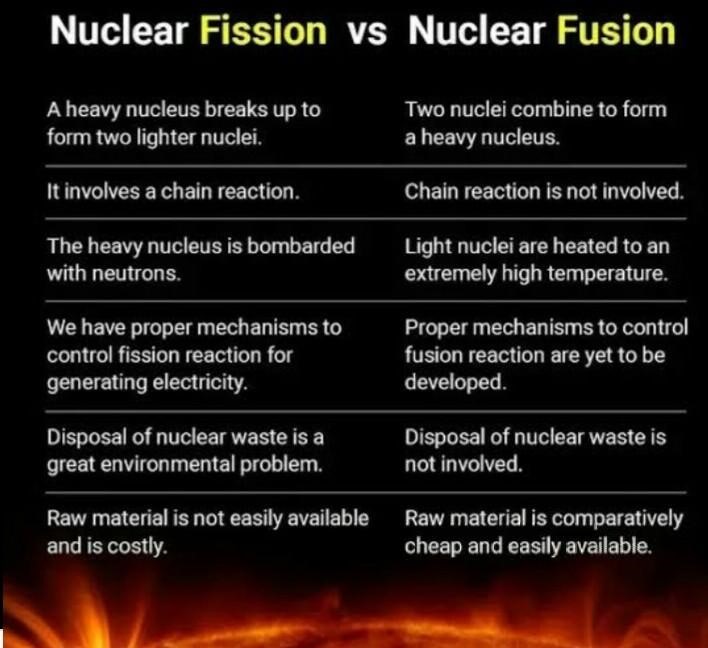
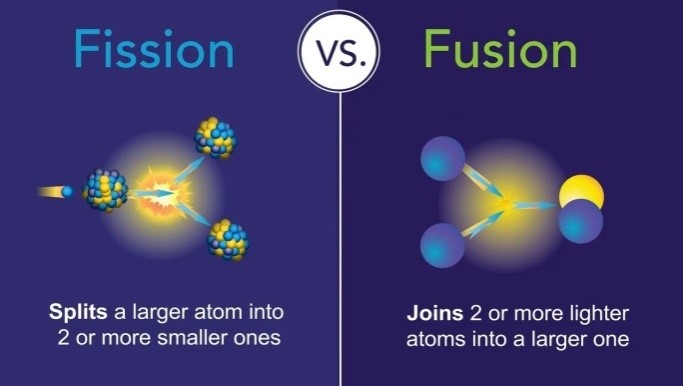
Why is fusion a better option than fission to generate power?
Why couldn’t we use Nuclear Fusion then?
Developments in the recent years
|
Tokamak · The Tokamak is an acronym for a Russian term which means "toroidal chamber with magnetic coils". · Tokamaks were first conceptualised by Soviet physicists Igor Tamm and Andrei Sakharov. · They theorised that if one can create a magnetic field in the shape of a torus then the scorching plasma could be contained. · The scalding of the walls of the container from the intense heat of plasma could be prevented. · Unlike fission reactors, fusion reactors like the tokamaks do not pose the dangers of a radioactive leak. · Gram for gram, the thermonuclear power produces four million times more energy than burning coal. The only waste product is harmless helium.
|
|
ITER About ITER is an international nuclear fusion research and engineering megaproject aimed at replicating the fusion processes of the Sun to create energy on the Earth. ITER is funded and run by seven member parties: China, the European Union, India, Japan, Russia, South Korea and the United States. Genesis The idea germinated in 1985. After years of ups and downs since March 2020, the machine assembly is underway at France. With the installation of the Cryostat, a device to cool the reactor, covering the assembly is slated to be completed by 2025. Method The ITER fusion reaction will use the isotopes of hydrogen called deuterium and tritium. To create plasma for fusion, the mixture of deuterium and tritium needs to be heated to temperatures 10 times hotter than the Sun's centre. Using strong magnets, the weltering plasma must be held in place, made to swill around, beams collide, fuse and release tremendous energy as heat. The heat must be removed from the reaction to boil water, produce steam and turn a turbine to generate electricity. Significance If all goes well, the first plasma will be produced at the end of 2025. After testing and troubleshooting, energy production will commence in 2035.The plant is expected to generate 500 MW power and consume 50 MW for its operation, resulting in a net 450 MW power generation. |
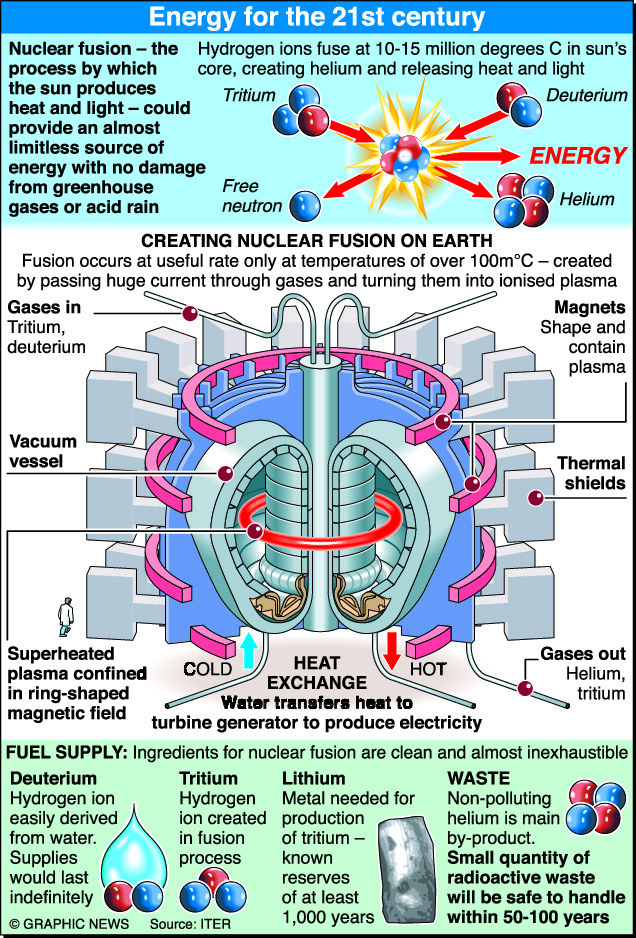
https://epaper.thehindu.com/Home/ShareArticle?OrgId=G349G1I1L.1&imageview=0
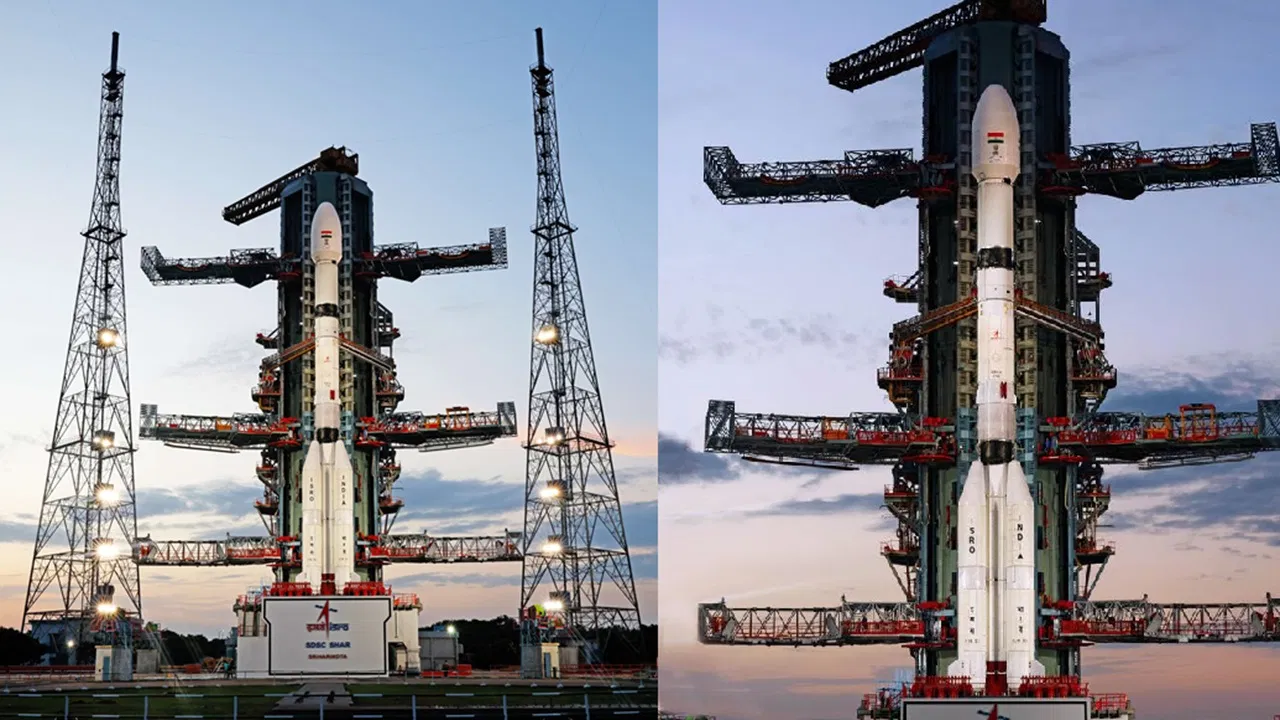


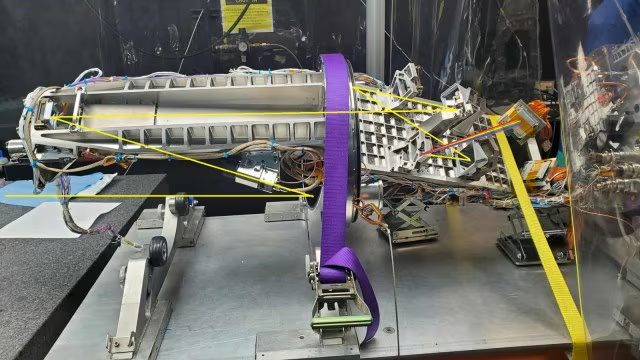
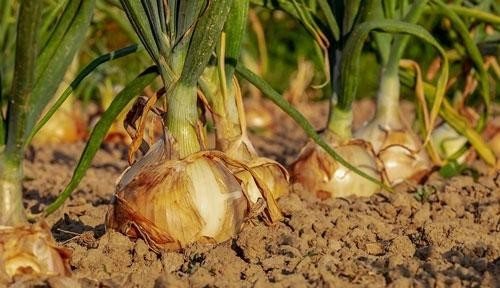

© 2025 iasgyan. All right reserved